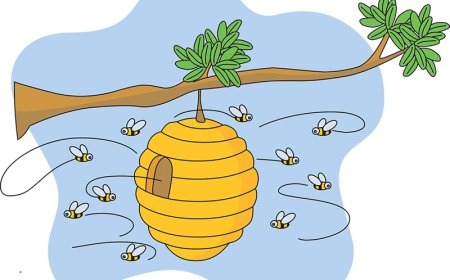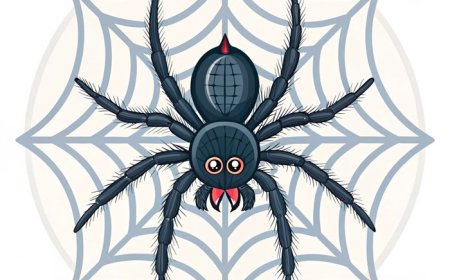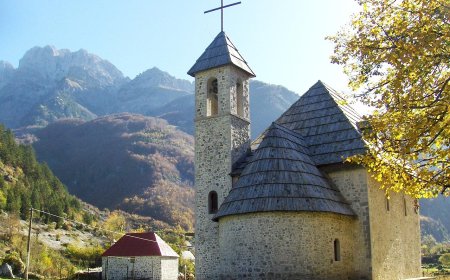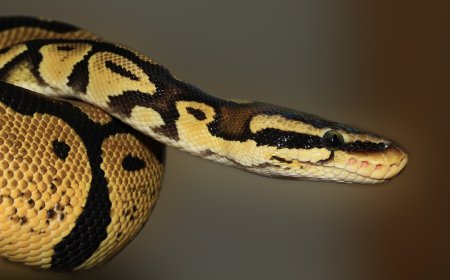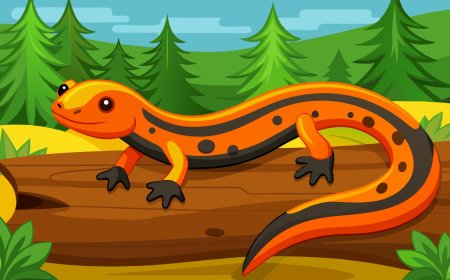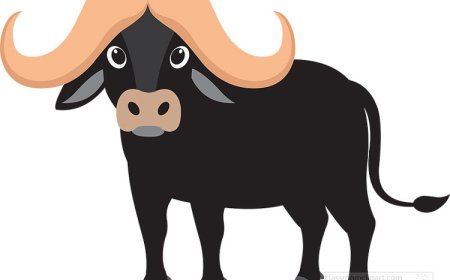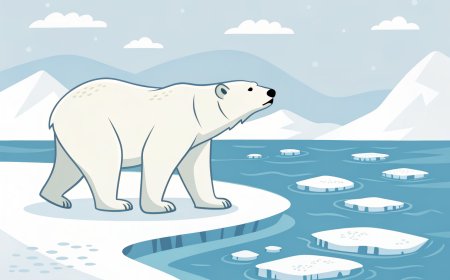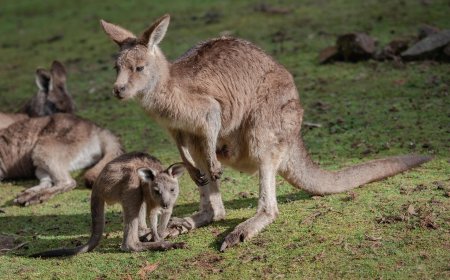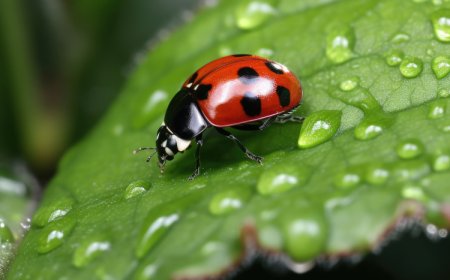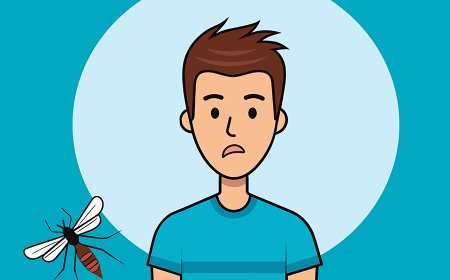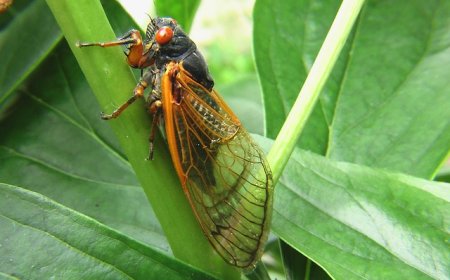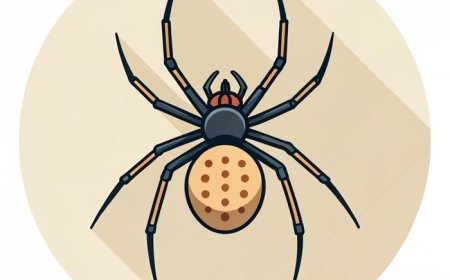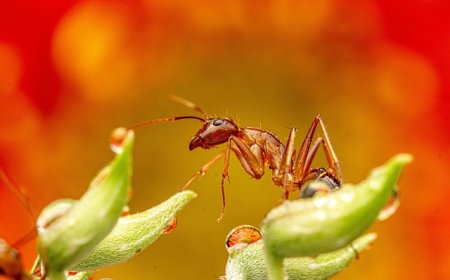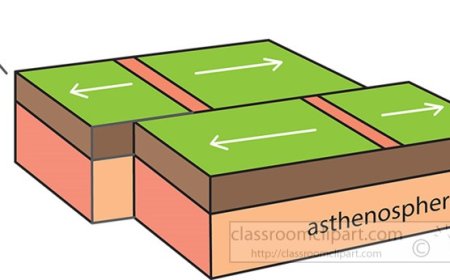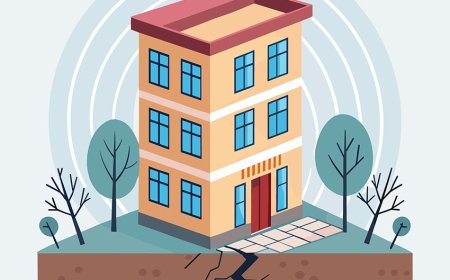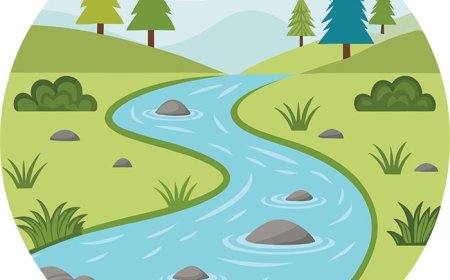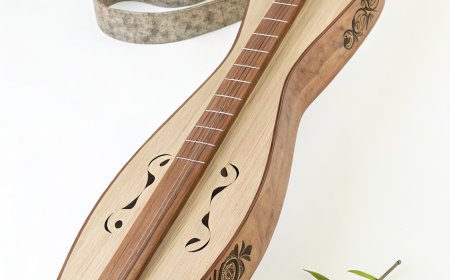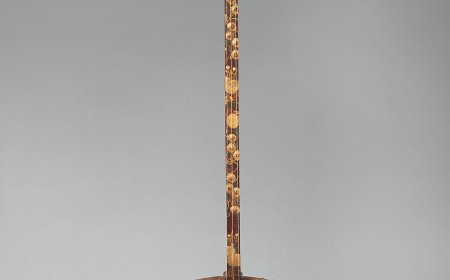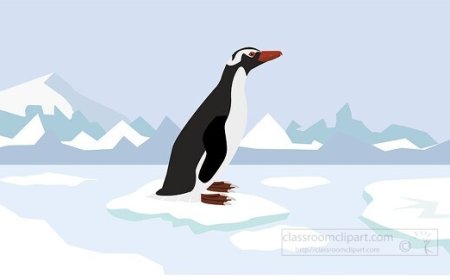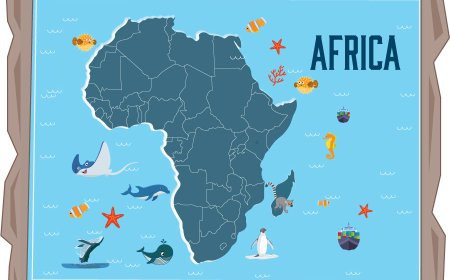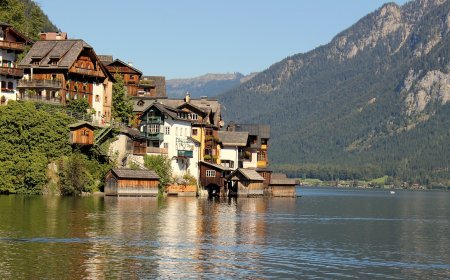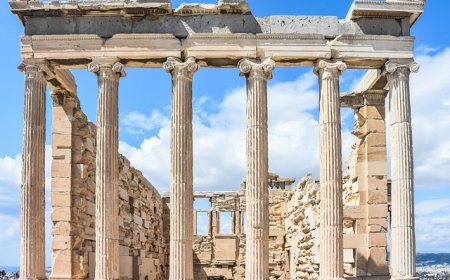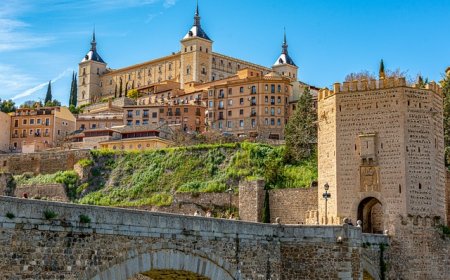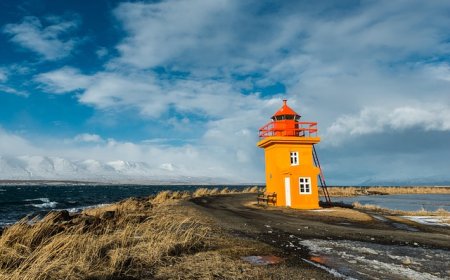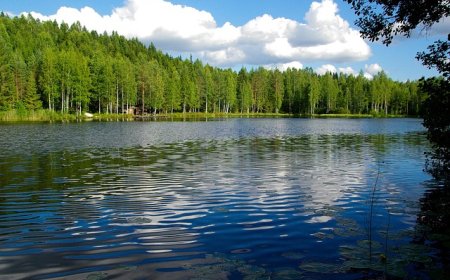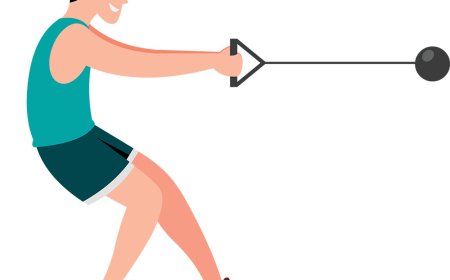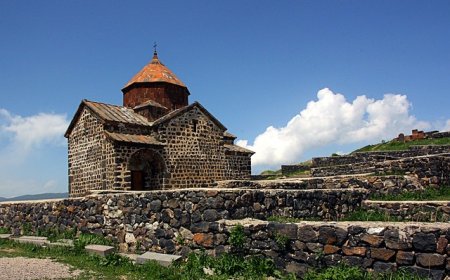Heat Transfer Conduction Convection Radiation Explained
Learn how heat moves by conduction convection and radiation with clear examples simple definitions and classroom friendly explanations for students
🌟 Introduction
Why does a metal spoon get hot in soup, why do hot air balloons rise, and how does the Sun warm Earth from far away? The answer is heat transfer-how thermal energy moves from warmer places to cooler places. In science, we study three main ways heat travels: conduction, convection, and radiation.
🔍 What Is Heat Transfer?
Heat transfer is the movement of thermal energy from something warmer to something cooler. It happens in three different ways:
-
Conduction - Heat moves through contact. Particles bump into each other and pass energy along (like a hot pan heating its handle).
-
Convection - Heat moves as fluids (liquids or gases) circulate. Warm fluid rises, cool fluid sinks, creating a loop (like boiling water or warm air rising).
-
Radiation - Heat moves by electromagnetic waves, so it can travel through empty space (like sunlight warming your face).
💡 Why Is Heat Transfer Important?
-
Everyday comfort - Explains weather, home heating, and why shade feels cooler.
-
Safety and cooking - Helps us use oven mitts, choose cookware, and cook food evenly.
-
Engineering and design - Guides insulation in buildings, cooling in computers, and car engines.
-
Earth science - Drives winds, ocean currents, and climate patterns.
🧪 Examples in Everyday Life
-
Conduction: Holding an ice cube makes your hand feel cold as heat leaves your hand and enters the ice; a metal spoon heats up in hot chocolate.
-
Convection: Soup swirling as it boils; warm air rising near a heater and cooler air sinking across the room.
-
Radiation: Feeling heat from a campfire even if you're not touching it; Earth warmed by the Sun.
✨ Fun Facts
-
Metals are generally good conductors; wood and plastic are good insulators.
-
Birds fluff their feathers to trap air-an insulator that reduces heat loss.
-
Space suits use shiny layers to reflect radiation and keep astronauts safe.
📌 Key Takeaways
-
Heat flows from warmer to cooler areas.
-
Conduction = contact, convection = circulation, radiation = waves.
-
Insulators slow heat transfer; conductors speed it up.
-
These processes explain cooking, weather, and technology cooling/heating.
🐾 Kid-Friendly Summary
Heat can move three ways: by touching (conduction), by moving fluids (convection), or by waves that you can feel from far away (radiation). Think pan handle, swirling soup, and sunshine!
📚 Vocabulary Words
-
Thermal Energy - Energy related to how fast particles move (heat energy)
-
Conduction - Heat transfer through direct contact
-
Convection - Heat transfer by moving liquids or gases
-
Radiation - Heat transfer by electromagnetic waves
-
Conductor - Material that lets heat pass through easily (like metals)
-
Insulator - Material that slows heat transfer (like wool, foam, or wood)
-
Circulation/Current - Looping motion of fluids as warm rises and cool sinks
-
Temperature - How hot or cold something is
🧠 Interactive Quiz
Choose the best answer for each question.
-
Which type of heat transfer happens when a metal spoon gets hot in soup?
- A. Conduction
- B. Convection
- C. Radiation
- D. Reflection
-
Warm air rising and cool air sinking is an example of:
- A. Conduction
- B. Convection
- C. Radiation
- D. Insulation
-
Feeling heat from the Sun is:
- A. Conduction
- B. Convection
- C. Radiation
- D. Evaporation
-
Which material is the best insulator?
- A. Copper
- B. Aluminum
- C. Wool
- D. Steel
-
Which sentence is true?
- A. Heat flows from cold to hot
- B. Heat flows from hot to cold
- C. Heat does not move
- D. Heat only moves by conduction


